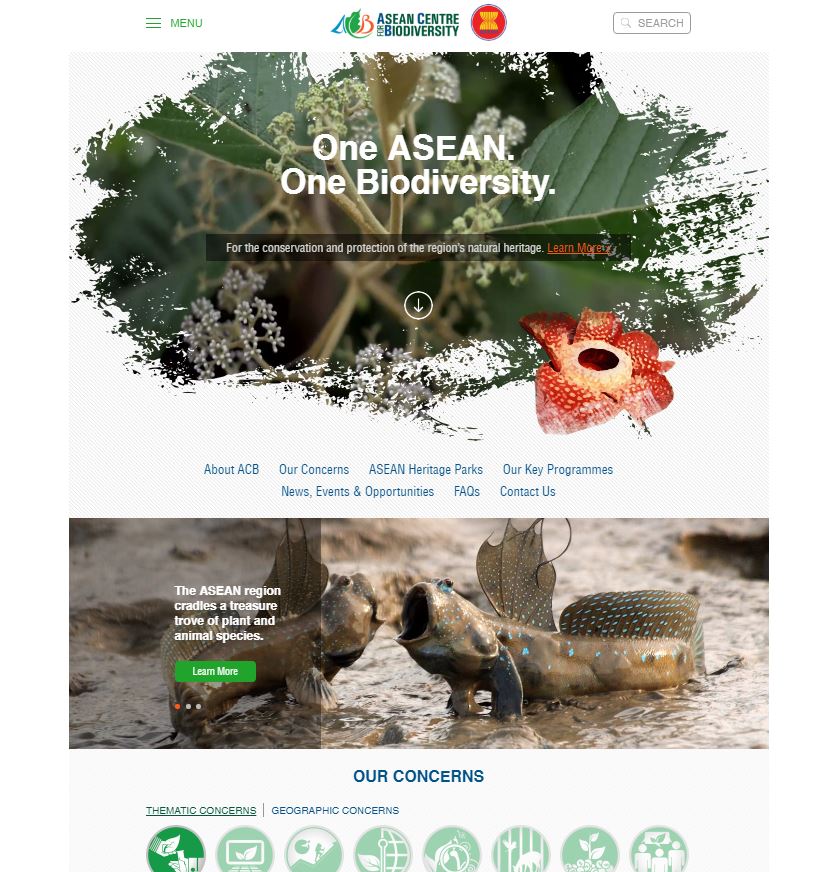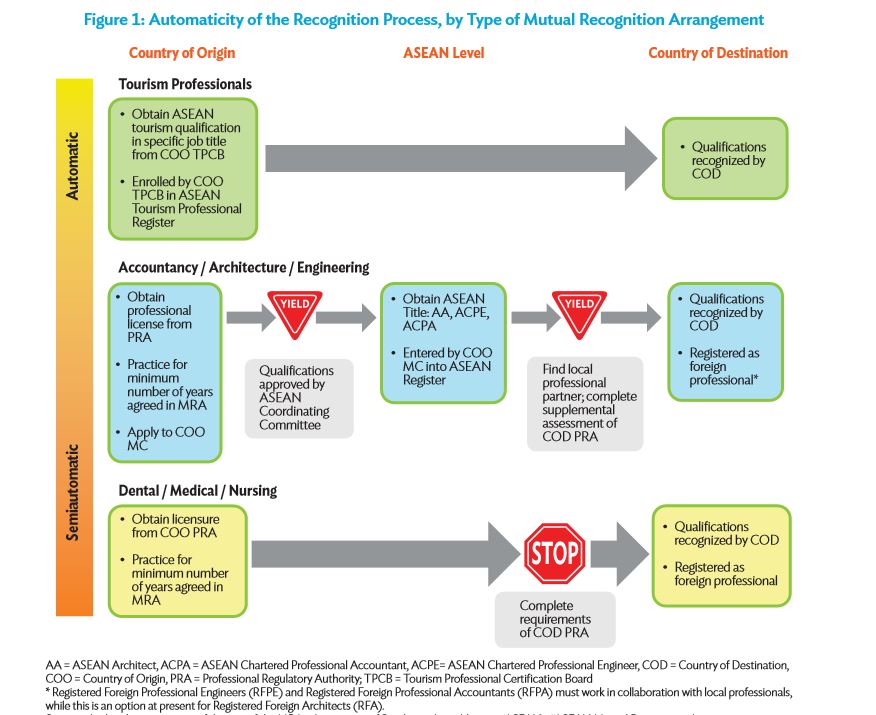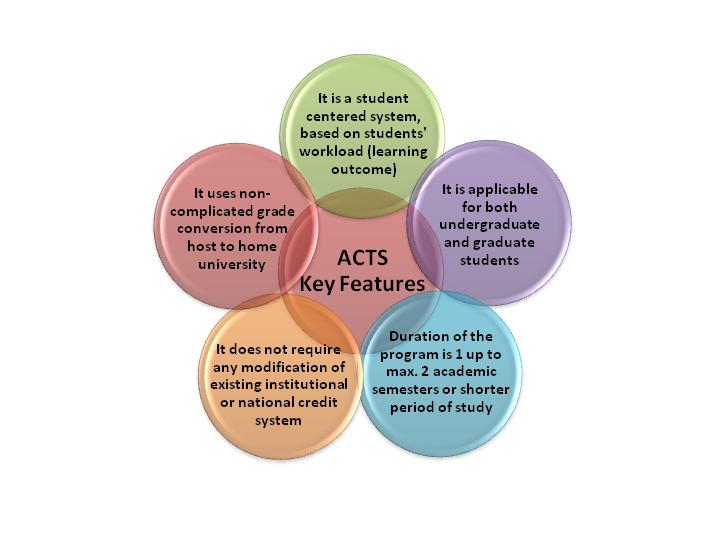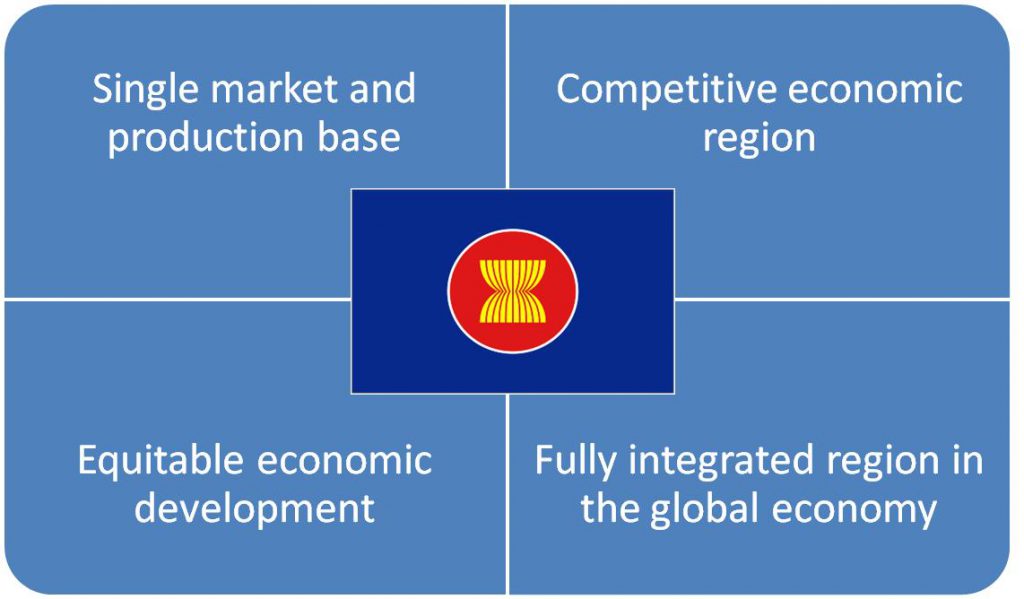10 opportunities and benefits for the citizens in ASEAN
What are the opportunities and benefits offered by the Asean community? What is in it for us?
Most citizens in the Association of Southeast Asian Nations (ASEAN) know all about the benefit of visa-free travels to the 10 ASEAN countries or Asean member states (AMS). But ASEAN is more than just travel. It is more than the “headline-making stories such as the South China Sea disputes, which do not equal ASEAN.”
READ: The Philippines as ASEAN Chair: Six thematic priorities
I agree with Johanna Son, Any takers for ASEAN news? that “an ASEAN story is a rights story, a labour story, a business story, a political story.” The story touches parents, students, professionals, and every ASEAN citizen. Ever since I got involved as an ASEAN advocate in 2011 and now consultant for the ASEAN 2017 Committee on Media Affairs and Strategic communications, I took it upon myself to make ASEAN understandable especially on how benefits can be derived . This is my attempt to list down current and potential opportunities as well as benefits for the ASEAN citizen.
1. An opportunity for students to cross-enroll in 10 ASEAN countries.
There is the ASEAN University Network (AUN), an arrangement between 30 + universities in the ten ASEAN countries, where students can cross-enroll for other courses in college. The AUN even developed the Asean credit transfer system. The system allows students to check online to find which courses will be accredited by their home universities. With the vision of an ASEAN Community in 2025, the critical importance of higher education is acknowledged as one of the catalysts in accelerating ASEAN’s economic, political and sociocultural development agenda .
READ: The ASEAN community 2025 vision: What is in it for me?
2. Participating in the protection of the biological diversity in cooperation with the ASEAN Centre for Biodiversity

The ASEAN region includes the Coral Triangle, the six million square kilometer area of tropical water that is home to six of the seven species of sea turtles and more than 2,000 species of fish. This is mind boggling . The region hosts 15% of worldwide fish production, 33% of seagrass meadows, 34% of coral reef cover, and 35% of the world’s mangrove acreage. The marine life in the interisland seas of Indonesia and the Philippines alone “would be sufficient to feed more than half the world’s seven billion people. ASEAN 10 can be the top seafood provider of the world if we work harder.”
There is so much the youth can do for their future and one can start helping out through the other key programmes of ASEAN Centre for Biodiversity (ACB)
3. The Asean Economic Community (AEC) will be a single market and production base
The dream of a single market started in 2007 when ASEAN leaders adopted a blueprint for the Asean Economic community (AEC) allowing the free flow of investments and capital across a region that is home to more than 600 million people. The AEC is characterized by the free movement of goods, services, investment, and capital by the year 2020. If one is thinking of a future business, the AEC is an opportunity.
There is the ASEAN Free Trade Area (AFTA) which has given “Filipino consumers more goods to choose from at relatively cheaper prices. AFTA has raised the level of competition among suppliers and producers in the region, which benefits consumers in the sense that it has led to the production of higher quality products, more options for similar products, greater accessibility in finding products, and more importantly, products that come in more competitive and wallet-friendly prices.”
Trade is so important for ordinary people. It’s opportunity for new jobs.
4. Visa-free travel
With affordable plane fares, it’s easy to travel these days but better yet if is visa-free . As a citizen of the ASEAN, you can travel visa-free to all ten ASEAN countries, but with limited time period. How many countries have you visited? Make it part of your bucket list.
5. Recognition of educational and technical qualifications
The ASEAN Qualifications Reference Framework (AQRF) supports recognition of educational and technical qualifications across participating ASEAN countries. Here is an example. If an Indonesian engineer who holds certificate A according to Indonesia Qualification Framework is going to work in Singapore, AQRF will translate this certificate A into certain level in the Singapore qualification framework. AQRF is aimed to facilitate free movement of labour in the ASEAN region. The first meeting of the AQRF Committee was held in Jakarta, Indonesia from February this year to discuss work plans and priorities for the next two years, including identifying interested ASEAN countries who will undertake the referencing process to the AQRF.
6. Mutual Recognition Arrangements (MRA) for ASEAN professionals on the move
If you are thinking of your future career and opportunities in the ASEAN, consider the Mutual Recognition Arrangements (MRA) . The MRA enables the qualifications of services suppliers, recognized by the authorities in their home country, to be mutually recognized by other AMS who are signatories to the MRAs. MRAs are not expected to override local laws. There are seven MRAs in the ASEAN region: Engineering services; Nursing services, Architectural services, Dental practitioners, Medical practitioners, Tourism professionals, and Accountancy services. Of the seven MRAs , only the tourism MRA provides for automatic recognition of professional credentials.

The health-related MRAs are essentially closed, destination country-led frameworks with minimal opportunities for recognition. Although they also adopt a semiautomatic recognition process and have strong post-MRA guarantee provisions, the countries of destination have reserved full authority to determine qualifications.
The MRA is still a work in progress . For the MRAs to be fully implemented, however, laws have to be translated into clear working processes. Progress in this area remains slow and uneven across countries and for all occupations. You can download the full report of the Mutual Recognition Arrangements.
7. Assistance in times of disasters from the ASEAN Coordinating Center for Humanitarian Assistance (AHA Center)
The AHA Centre is established as part of ASEAN’s commitment to strengthen collective response to disasters and to reduce disaster losses. The establishment is mandated through a legally-binding agreement called the ASEAN Agreement on Disaster Management and Emergency Response (AADMER), which is the region’s response to the need for a regional disaster management framework. The Philippines, being a disaster-prone country, “received assistance through the AHA Center, be it in the form of financial donations, goods and services (medical and transport), or through the capacity building of our disaster response teams.”
8. Better connectivity
Gil Santos in his article “Wiring Asean for Progress” cited “Dr. Alfredo Panizales, executive vice president of the Brunei-Indonesia-Malaysia-Philippine East Asean Growth Area (BIMP-EAGA) Submarine-Terrestial (BEST) Cable Corp. who outlined the current work to interconnect the region’s communications infrastructure with the rest of the world. The BIMP-EAGA communications project is a joint effort of the four Asean members’ government-owned corporations (except the Philippines which is represented by the EA Trilink Corp., a private firm designated by the Autonomous Region of Muslim Mindanao, or ARMM). The first phase of the BIMP-EAGA BEST cable project connects Kota Kinabalu in Sabah to Brunei, and will be completed by the end of this year. The second phase connecting Kota Kinabalu and Tawau is finished and part of the Pan-Borneo terrestrial project. The third phase, the undersea cable from Tawau to Parang in Central Mindanao facing the Illana Bay and the Moro Gulf, will be started at the end of this month and is scheduled to be finished by the end of 2018. By the start of 2019, it should be fully operational. This will mean a lot to consumers in the Philippines because it will bring down the costs of internet services in the country.”
In addition, the National Broadband Plan of the Philippines, recently signed by Philippines President Duterte, is the Philippines’ contribution to the objectives of the ASEAN ICT Masterplan of 2020 , ” propelling ASEAN towards a digitally enabled economy that is secure, sustainable, and transformative; and enabling an innovative, inclusive and integrated ASEAN Community.”
9. A conducive environment to micro and small and medium enterprises (MSMEs)
The role of MSMEs is acknowledged for their unique contribution to the economic development. “Reducing regulatory burdens to provide a conducive environment to MSMEs growth will be the focus during the third Southeast Asia Regional Policy Network on Good Regulatory Practices (GRPN) on March 14 to 16 in Iloilo City. Socioeconomic Planning Secretary Ernesto Pernia said the ASEAN members would work on standardizing business registration in the region.
10. The adoption of policies to protect migrant workers and professionalization of the civil service among member countries
Social Welfare Secretary Judy Taguiwalo, chair of the ASEAN Socio-Cultural Community (ASCC) pillar is pushing for the protection of migrant workers based on the conviction that economic progress should improve the standards and quality of life of all citizens. In the recent 17th ASCC meeting, Secretary Taguiwalo mentioned that there will be two key documents that will hopefully “come to frution in time for the 30th ASEAN Summit to be held late April”. These are the ASEAN Leaders’ Declaration on the Role of Civil Service as Catalysts for Achieving the ASEAN Community Vision 2025, and the ASEAN Declaration for the Protection and Promotion of the Rights of Migrant Workers.
Some of these opportunities have not been realized yet but it is something to look forward to . There are potential benefits in a life of a secure environment, a better living standard , better job prospects, sufficient income and stable prices, a better education to our children, effective help in case of disaster and emergencies and the freedom to travel , work and settle.
Noemi Lardizabal-Dado is a Senior Consultant for ALL media engagements for the PCOO-led Committee on Media Affairs & Strategic Communications (CMASC) under the ASEAN 2017 National Organizing Council , effective January 6, 2017. Having been an ASEAN advocate since 2011, she has written extensively about the benefits of the ASEAN community and as a region of opportunities on BlogWatch and aboutmyrecovery.com.







